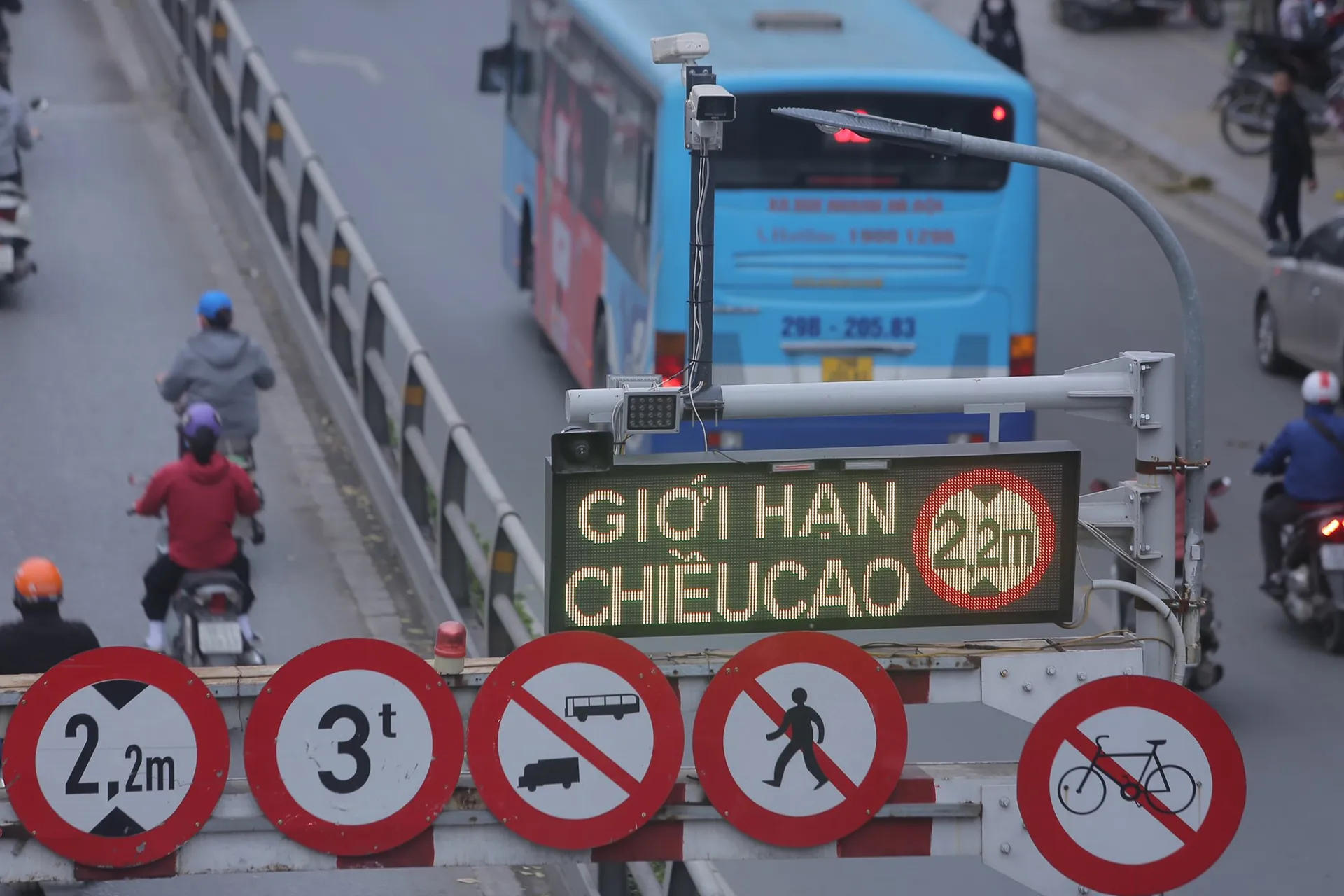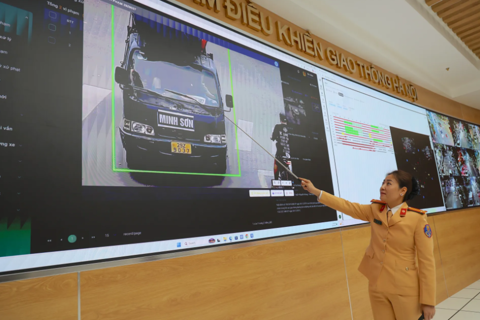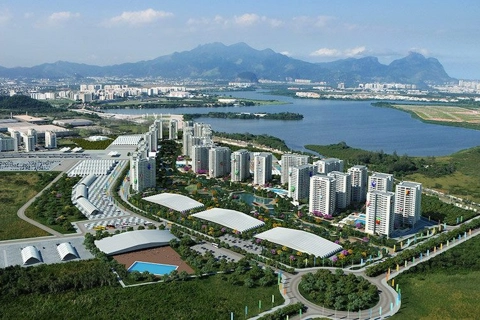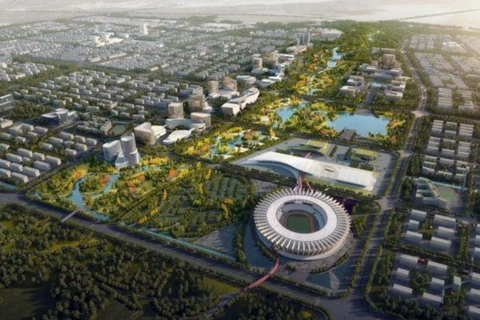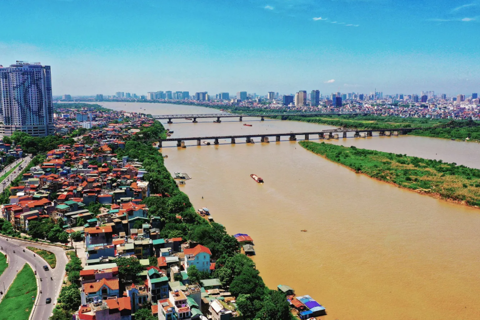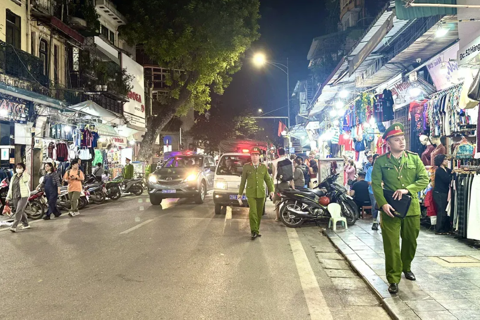Hanoi pilots installing smart road signs for remote alert
The new solution is expected to available citywide to improve traffic conditions.
Hanoi has piloted installing smart road signs for remote alerts and vehicle detection, helping drivers choose appropriate travel plans. according to the municipal Department of Transport.
The transport department said that the cause of traffic accidents at some overpasses is mainly due to buses and trucks breaking the maximum height allowance.
Clear warning information for road users. Photo: Duy Pham |
The Thai Ha-Chua Boc flyover is the first to have an intelligent traffic signal system installed. The system will remotely warn vehicles exceeding the clearance of 2.2 meters by displaying their license plate so that they can choose another suitable route as soon as possible.
Smart signals use an artificial intelligence (AI) application to analyze and process images. The pilot of the smart signal system has reduced the number of vehicles breaking the traffic law.
The solution is expected to be rolled out to other parts of the capital city to improve Hanoi’s traffic conditions.
The pilot scheme increases traffic throughput at intersections and allows the traffic to flow through the city, lowering overall travel time as well as noise and air pollution.
Furthermore, these improvements in traffic conditions will foster discipline, enhance road safety, and ultimately improve the quality of life for city dwellers.
Thanks to its comprehensive solutions, Hanoi in 2022 reduced traffic jams in 8 out of 35 highly congested areas during rush hour and 20 out of 26 traffic accident "black spots", helping to ensure road safety for local residents.
According to the city's transport master plan for 2030 with a vision to 2050 approved by the Prime Minister, the proportion of road surface should be 20-26% and public passenger transport should cover 50-55% of the demand.

